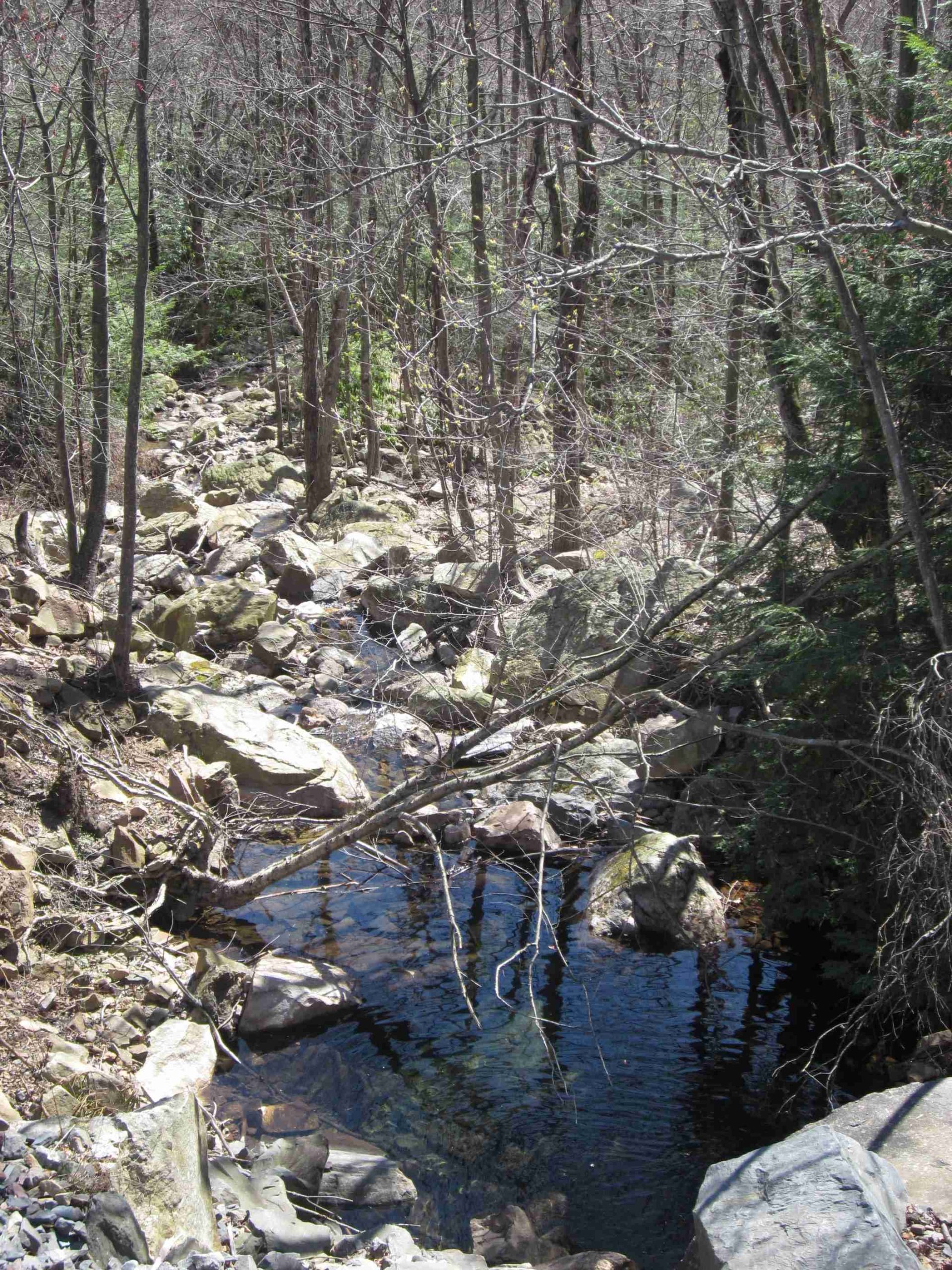Hickory Run State Park, located in the Pocono Mountains of Pennsylvania, is a haven for diverse wildlife. The park’s 15,990 acres encompass various habitats, including hardwood and evergreen forests, fields, riparian areas, and unique geological formations. This rich ecosystem supports over 50 mammal species, 150 bird species, and numerous reptiles and amphibians, making it a prime destination for wildlife enthusiasts and nature lovers.
What Types of Wildlife Can You Find in Hickory Run State Park?

Hickory Run State Park boasts an impressive array of wildlife, including:
- Mammals:
- Black bears
- White-tailed deer
- Mink
-
Wild turkeys
-
Birds:
- Blackburnian warblers
- Red-breasted nuthatches
- Northern waterthrush
- American redstarts
- Red-eyed vireos
- Scarlet tanagers
-
Various thrush species
-
Reptiles and Amphibians:
- Garter snakes
- Black snakes
- Timber rattlesnakes
- Spotted salamanders
- Jefferson salamanders
- Wood frogs
The park’s diverse habitats contribute to this rich biodiversity. The glaciated side features evergreen trees and thin, moist soil, while the unglaciated side is characterized by beech and chestnut oak trees on flat land.
When is the Best Time to View Wildlife in Hickory Run State Park?

While Hickory Run State Park is open year-round, certain seasons offer unique wildlife viewing opportunities:
- Spring: Ideal for observing migratory birds and amphibians breeding in the bogs.
- Summer: Perfect for spotting black bears feeding on highbush blueberries.
- Fall: Another excellent season for migratory bird watching.
- Winter: Offers a chance to see wildlife against a snowy backdrop.
Where Are the Best Spots for Wildlife Viewing in the Park?
Hickory Run State Park offers several prime locations for wildlife observation:
- Bogs on the glaciated side: Great for spotting amphibians and unique plant species.
- Forests on the unglaciated side: Ideal for bird watching and mammal sightings.
- Campground area: Straddles both glaciated and unglaciated regions, offering diverse wildlife viewing opportunities.
- Boulder Field: A unique geological formation that attracts various wildlife (Note: may be closed in winter due to ice and snow).
What Precautions Should Visitors Take When Viewing Wildlife?
To ensure both visitor safety and wildlife protection, follow these guidelines:
- Bear Safety:
- Store food and aromatic items in vehicles or suspend them between trees at primitive campsites.
- Avoid approaching bears, especially mothers with cubs.
- Make loud noises to deter bears if encountered.
-
Report any difficulties with bears to park employees.
-
General Wildlife Viewing Etiquette:
- Maintain a safe distance from all wildlife.
- Do not feed or attempt to touch wild animals.
- Use binoculars or zoom lenses for close-up views.
- Stay on designated trails to minimize habitat disturbance.
How Does Hickory Run State Park Protect its Wildlife?
The park employs several measures to protect its diverse wildlife:
- Habitat Preservation:
- Three state park natural areas are maintained in their natural condition.
-
One area is designated as a National Natural Landmark.
-
Education and Outreach:
- Environmental education programs
- Guided walks
-
Presentations on natural and historical resources
-
Regulations and Initiatives:
- Strict rules on food storage and bear encounters
- Participation in BioBlitz events to document biodiversity
What Are Some Common and Notable Species in Hickory Run State Park?
| Category | Common Species | Notable Species |
|---|---|---|
| Mammals | Black bears, White-tailed deer, Wild turkeys | Mink |
| Birds | Warblers, Thrushes, Vireos | Blackburnian warblers, Scarlet tanagers |
| Reptiles & Amphibians | Garter snakes, Wood frogs | Timber rattlesnakes, Jefferson salamanders |
While specific endangered species are not listed for Hickory Run State Park, its designation as an Important Mammal Area and Important Bird Area underscores its significance in protecting a wide range of wildlife.
How Can Visitors Contribute to Wildlife Conservation in Hickory Run State Park?
Visitors can play a crucial role in wildlife conservation:
-
Follow Park Rules: Adhere to all regulations, especially those related to wildlife interactions and habitat protection.
-
Practice Leave No Trace: Minimize your impact on the environment by properly disposing of waste and staying on designated trails.
-
Participate in Citizen Science: Join BioBlitz events or use apps like iNaturalist to document wildlife sightings.
-
Support Conservation Efforts: Donate to or volunteer with organizations that support the park’s conservation initiatives.
-
Educate Others: Share your knowledge and experiences to raise awareness about the importance of wildlife conservation.
By following these guidelines and actively participating in conservation efforts, visitors can help ensure that Hickory Run State Park remains a thriving habitat for diverse wildlife for generations to come.
References:
1. https://www.dcnr.pa.gov/StateParks/FindAPark/HickoryRunStatePark/Pages/WildlifeWatching.aspx
2. https://www.dcnr.pa.gov/StateParks/FindAPark/HickoryRunStatePark/Pages/default.aspx
3. https://www.inaturalist.org/places/hickory-run-state-park-us-pa

